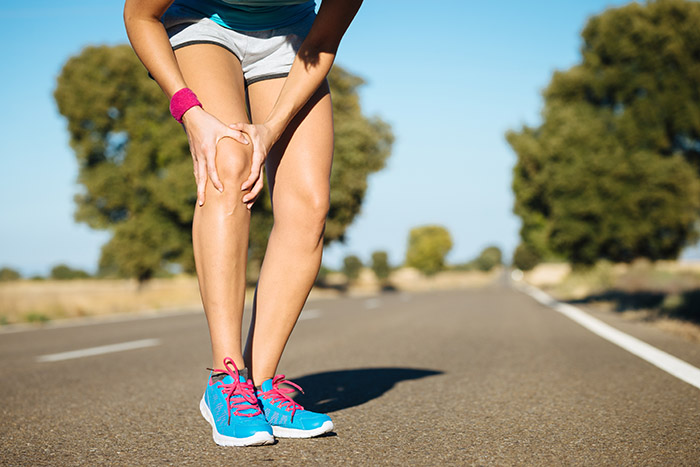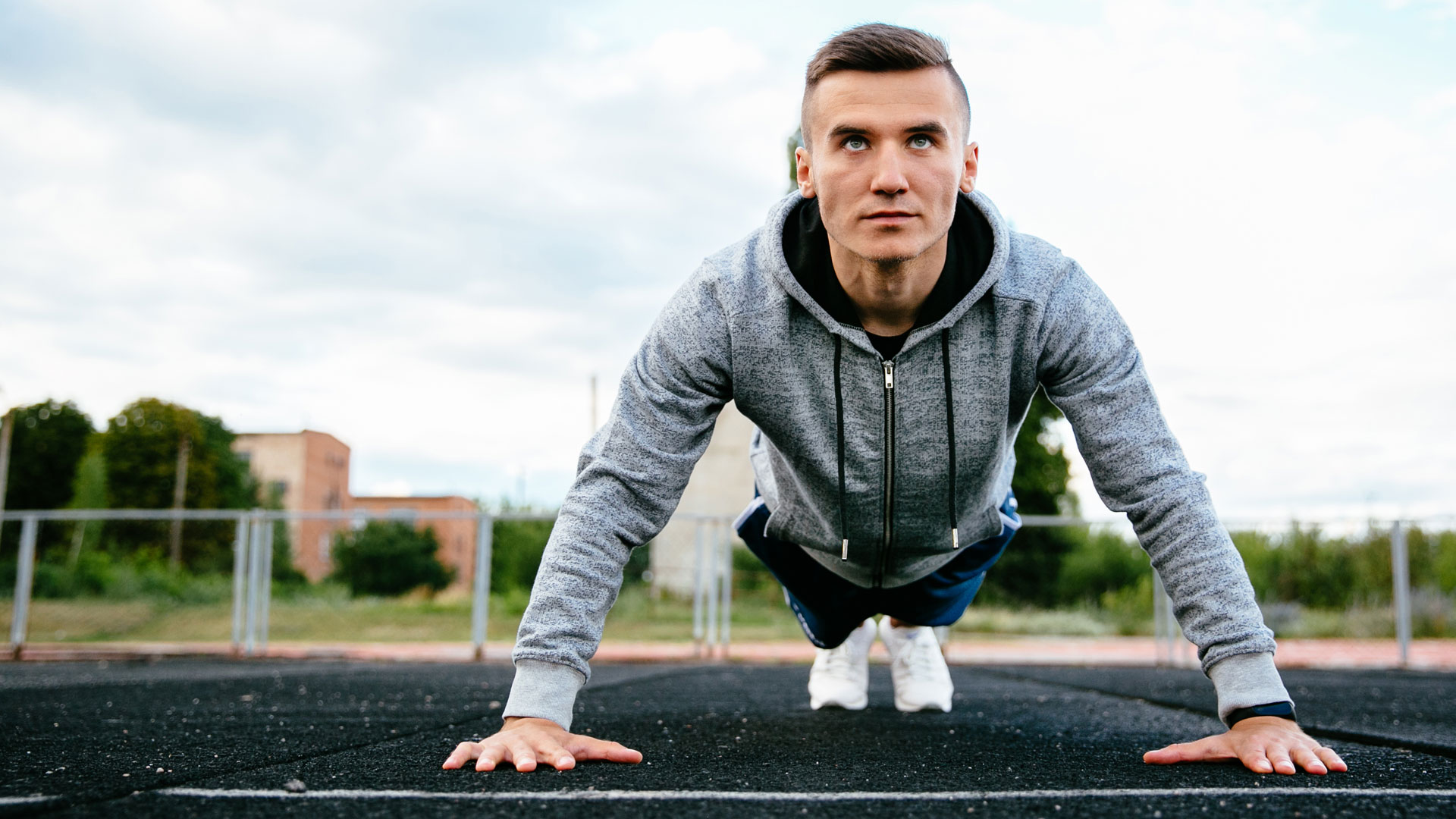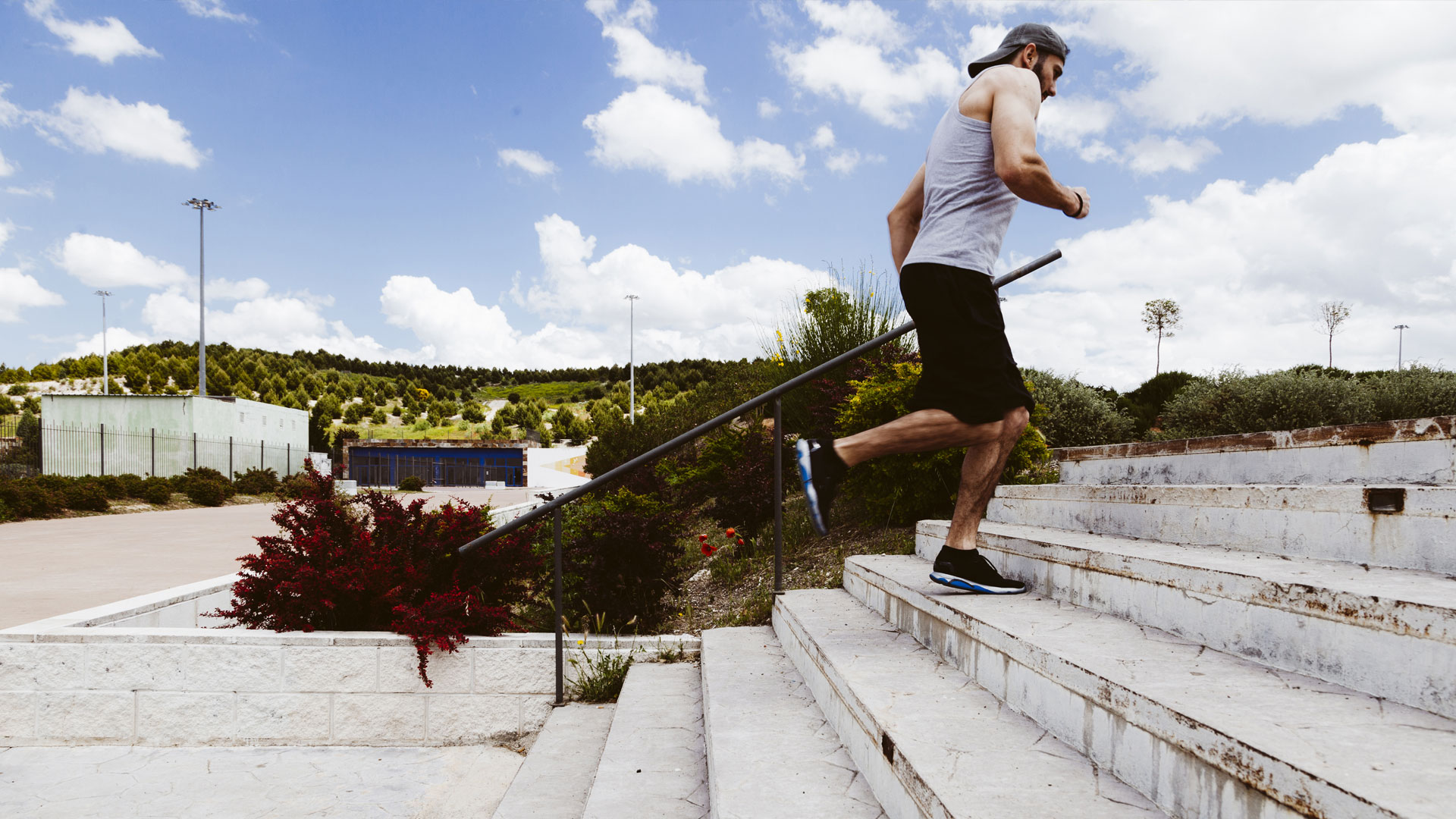
When you run, your body undergoes dozens of micro traumas without you even realizing. A movement that seems, and indeed is, natural and easy after walking is, in reality, very complex and requires considerable and strain-inducing work on the part of joints, bones, muscles, tendons and ligaments. It is normal for an athlete to have an incident sooner or later.
What should you do when you find yourself in an unforeseen situation?
Many will have twisted an ankle, pulled a muscle, suffered a strain or sprain, just to give a few examples. These are incidents that runners often know all too well. These injuries cause inflammation in your body that presents itself in different ways, such as redness in the area, swelling, hot to the touch, pain, loss of functionality in the injured area.
What should you do if this happens to you? Follow the RICE process, which stands for Rest, Ice, Compression and Elevation. RICE is a mnemonic indicating 4 treatment steps for minor injuries:
REST: Rest is essential for tissue repair processes. Without rest, you may continue to aggravate the injured area and increase the inflammation process, as well as worsen the pain, causing further damage. The risk of underestimating an injury is creating further damage and increasing recovery time. Rest for 24-48 hours and if the pain has not significantly reduced in that time, visit a physiotherapist or an orthopaedic doctor.
ICE: Use a bag of ice (or another method, but do not put the ice directly onto your skin) for the Rest time, applying it to the affected area for 20 minutes every hour (no more), depending on your other commitments. This helps to reduce inflammation and pain.
COMPRESSION: Serves to reduce oedematous swelling following inflammation. It can be very difficult to avoid, but excessive swelling causes major loss of function in the area, as well as pain and longer healing times. Should you twist your ankle, for example, the advice is to call a physiotherapist immediately as they will know how best to manage your symptoms, maybe even applying an elastic bandage.
ELEVATION: By lifting the area above the level of your heart, you are aiming to allow blood to go back into the circulatory system, thus reducing oedema, swelling and pain.
By Lorenzo Andreini





